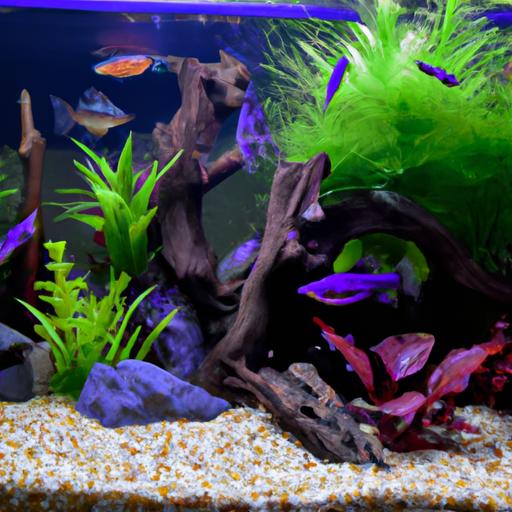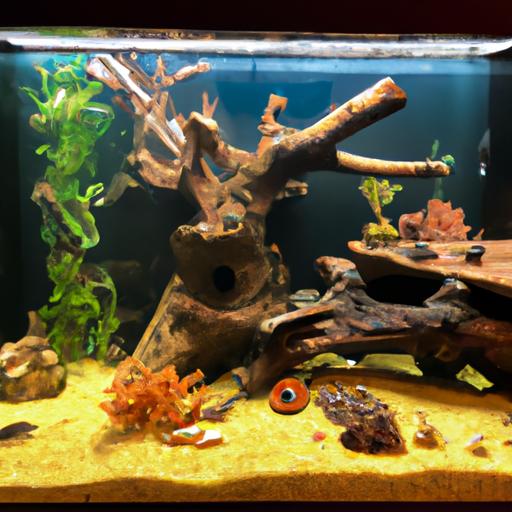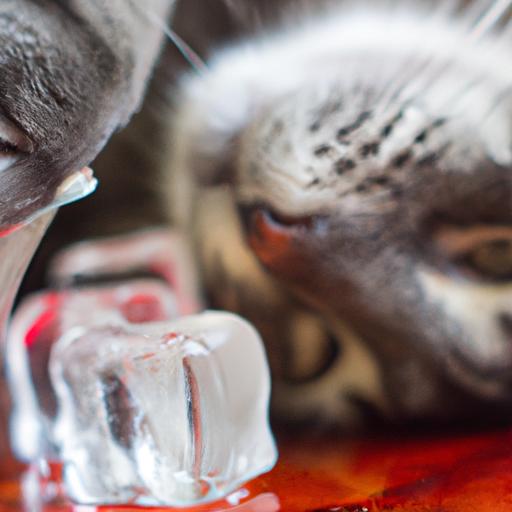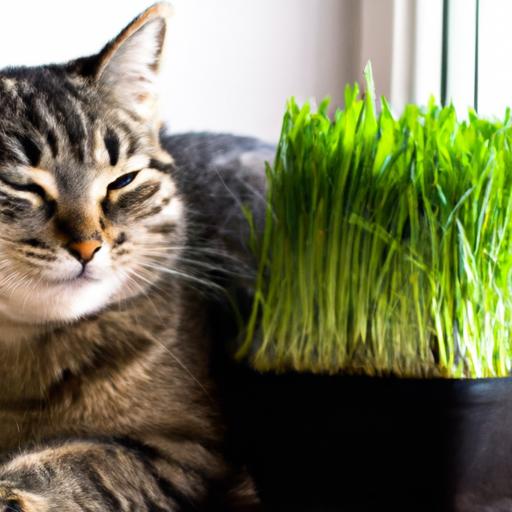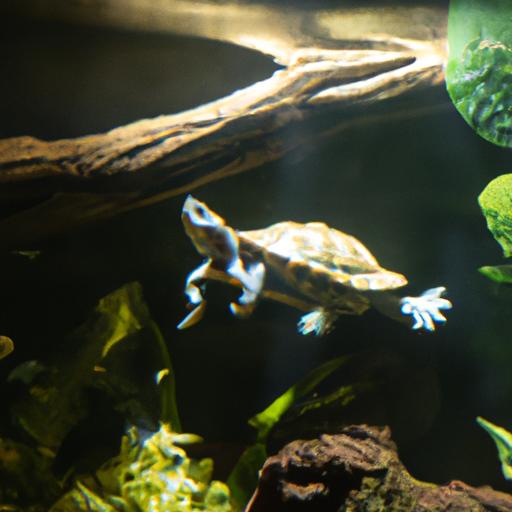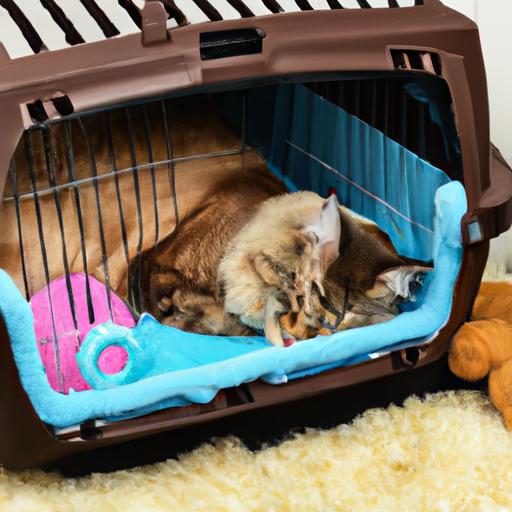
Tips for Successful Cat Carrier Training
Discover effective tips for successful cat carrier training. Make vet visits and travel stress-free for both you and your feline friend. Learn more!
Introduction
Are you a proud cat parent who dreads the sight of a cat carrier? We understand your concerns. Many cats find the carrier to be an intimidating and stressful place. However, with the right training techniques, you can transform the carrier into a safe and comfortable space for your feline friend. In this article, we will provide you with valuable tips and strategies to ensure successful cat carrier training. By following these guidelines, you can make vet visits and travel experiences much smoother and stress-free for both you and your beloved cat.
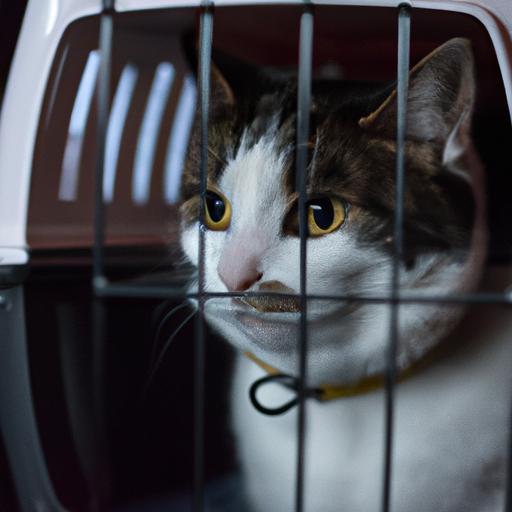
Tips for Successful Cat Carrier Training
Gradual introduction to the carrier
The key to successful cat carrier training is to introduce the carrier gradually. Begin by placing it in an accessible area where your cat spends most of their time. Keep the carrier door open and let your cat explore it at their own pace. You can make the carrier more appealing by adding familiar bedding or toys inside. Allow your cat to investigate the carrier without any pressure or confinement. This initial phase will help your cat develop a positive association with the carrier and reduce any fear or anxiety they may have.
Creating a positive association with the carrier
To further enhance your cat’s positive association with the carrier, associate it with pleasant experiences. Place treats or their favorite food near the carrier, gradually moving them inside. You can also try feeding your cat inside the carrier to create a positive eating experience. By doing so, your cat will begin to associate the carrier with positive rewards, making it a more inviting and comfortable space for them.
Using treats and rewards
Treats and rewards play a crucial role in cat carrier training. Use them as incentives to encourage your cat to enter the carrier willingly. Each time your cat enters the carrier, provide them with a treat or reward to reinforce the desired behavior. Positive reinforcement will help your cat understand that entering the carrier is a rewarding experience. Remember to be patient and consistent throughout the training process, as cats respond best to positive reinforcement and gentle encouragement.
Utilizing pheromone sprays or calming aids
For cats that are particularly anxious or fearful, consider using pheromone sprays or calming aids to create a soothing environment. Pheromone sprays mimic the natural facial pheromones that cats release when they feel safe and secure. Spraying the carrier with pheromone spray can help reduce stress and anxiety associated with the carrier. Additionally, consult with your veterinarian about the possibility of using calming aids, such as herbal supplements or pheromone diffusers, to further promote a relaxed state of mind during carrier training.
FAQ (Frequently Asked Questions)
How long does cat carrier training take?
The duration of cat carrier training varies from cat to cat. Some cats may become comfortable with the carrier within a few days, while others may require several weeks. Remember to be patient and allow your cat to progress at their own pace. Rushing the training process can lead to setbacks and increased stress for your cat.
What if my cat resists entering the carrier?
If your cat resists entering the carrier, take a step back and reassess the training approach. Ensure that the carrier is comfortable and inviting, and adjust any factors that may be causing your cat’s resistance. Experiment with different treats or rewards to entice your cat into the carrier. If necessary, consult with a professional animal behaviorist or your veterinarian for additional guidance and support.
Can I use a specific type of carrier for training?
While any carrier can be used for training, it’s important to choose one that is suitable for your cat’s size and needs. Opt for carriers with secure latches and good ventilation. Some carriers have removable tops or can be disassembled, making it easier to place your cat inside without causing stress or discomfort. Consider carriers that allow easy access from the top and front, providing flexibility during training and travel.
Should I continue training my cat even after successful carrier usage?
Absolutely! Consistency is key when it comes to cat carrier training. Even after your cat becomes comfortable with the carrier, continue to reinforce positive associations by occasionally offering treats or rewards when they willingly enter or spend time in the carrier. This ongoing training will help maintain their comfort and make future vet visits or travel experiences less daunting.
Conclusion
Successful cat carrier training is achievable with patience, positive reinforcement, and gradual familiarization. By implementing the tips discussed in this article, you can transform the carrier from a source of stress to a safe haven for your feline companion. Remember, each cat is unique, and the training process may vary. Adapt the techniques to suit your cat’s individual needs and always prioritize their comfort and well-being. With consistent training and a positive approach, you can ensure that your cat’s carrier experiences are stress-free and enjoyable for years to come.
For more information on feline desensitization to car rides, check out our article on Tips for Feline Desensitization to Car Rides. And if you need further guidance on successful cat carrier familiarization, visit ubipets.com.















